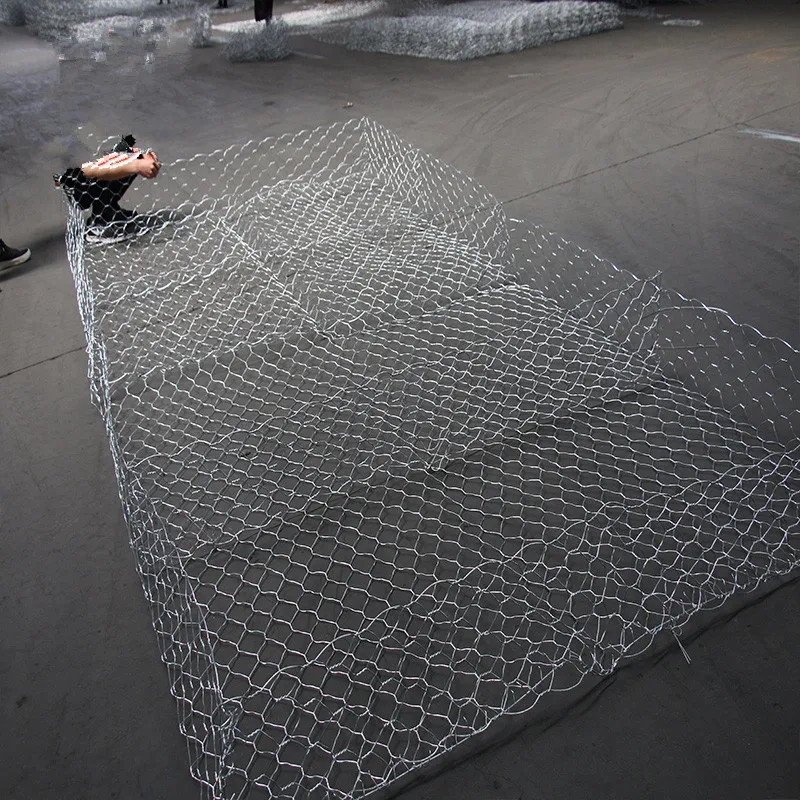Dec . 22, 2024 15:04 Back to list
temporary fencing for construction site
Temporary Fencing for Construction Sites Ensuring Safety and Security
In the realm of construction, safety and security are paramount. One essential element that plays a crucial role in safeguarding both the site and the surrounding community is temporary fencing. This article will explore the various aspects of temporary fencing for construction sites, including its importance, types, regulations, and benefits.
Importance of Temporary Fencing
Temporary fencing serves multiple purposes on construction sites. First and foremost, it acts as a physical barrier that prevents unauthorized access. Construction sites can be hazardous, with heavy machinery, open trenches, and various materials posing significant risks to untrained individuals. By securing the perimeter of the site, temporary fencing helps protect the public and minimizes the likelihood of accidents.
Moreover, temporary fencing plays a vital role in protecting the site’s assets. Construction sites are often targets for theft or vandalism, with valuable equipment and materials left unguarded. A robust fencing solution deters potential intruders and provides an added layer of security, ensuring that tools and materials remain safe until needed.
Types of Temporary Fencing
There are several types of temporary fencing available for construction sites, each with its own advantages. The most common types include
1. Chain Link Fencing This versatile and durable option is often used for its strength and visibility. Chain link fences provide a clear view of the site while offering a sturdy barrier against unwanted entry.
2. Panel Fencing Composed of pre-fabricated panels, this type of fencing is easy to install and relocate. Panel fencing is often used for shorter-term projects or when the site needs quick setup and takedown.
3. Construction Barricades Primarily made of plastic or metal, barricades are often employed to direct pedestrian traffic away from construction zones. They are lightweight and portable, making them ideal for areas needing quick, temporary barriers.
4. Privacy Fencing Made of solid materials, this type of fencing provides a visual barrier, shielding the construction site from public view. It can help minimize distractions and keep sensitive work confidential, especially in cases involving high-profile projects.
temporary fencing for construction site

Regulations and Guidelines
It is essential to comply with local regulations when installing temporary fencing on construction sites. Most jurisdictions have specific codes and requirements that dictate the height, material, and installation method of temporary fences. Additionally, construction companies are typically required to obtain permits before erecting temporary barriers.
Moreover, it’s crucial for contractors to regularly inspect and maintain the fencing throughout the duration of the project. Ensuring that the fencing remains in good condition not only adheres to regulations but also guarantees ongoing safety and security.
Benefits of Temporary Fencing
The benefits of temporary fencing extend beyond mere physical barriers. Here are several key advantages
1. Cost-Effective Solution Compared to permanent fencing solutions, temporary fencing is generally more affordable. Its flexibility allows construction companies to both save money and adapt to changing project needs.
2. Flexibility and Mobility Since construction projects can have varying timelines and layouts, temporary fencing is easily transportable and modifiable. Contractors can quickly set up or reconfigure fencing as the project progresses.
3. Enhanced Public Safety By clearly designating construction zones, temporary fencing helps protect pedestrians and nearby residents from potential hazards. This is particularly crucial in urban environments where construction sites may border public walkways.
4. Improved Site Organization Fencing can help streamline operations on a construction site by clearly defining work areas, storage spaces, and access points. This organization can lead to increased efficiency and productivity.
Conclusion
In summary, temporary fencing is an integral aspect of construction site management, providing safety, security, and organization. With various types available to suit different needs and strict regulations to follow, it is essential for construction professionals to understand the advantages and responsibilities associated with temporary fencing. By prioritizing safety through effective fencing solutions, construction companies not only protect their workers but also foster a secure environment for the surrounding community.
-
Durable Hot-Dip Galvanized Farm Field Wire Fence | Farm Security
NewsAug.01,2025
-
Temporary Fencing Solutions-Anping County Xingzhi Metal Wiremesh Products Co.,Ltd
NewsJul.31,2025
-
Hop Dipped Galvanized / PVC Coated Temporary Fence - Anping County Xingzhi Metal Wiremesh Products Co., Ltd.|Durable Temporary Fencing&Cost-Effective Security Solutions
NewsJul.31,2025
-
Hop Dipped Galvanized / PVC Coated Temporary Fence-Anping County Xingzhi Metal Wiremesh Products Co., Ltd|durable temporary fencing&corrosion-resistant solutions
NewsJul.31,2025
-
Temporary Fencing Solutions - Anping County Xingzhi Metal | Galvanized PVC Coated Fences
NewsJul.31,2025
-
358 Anti-Climb Welded Wire Mesh Fence - High Security, Durable
NewsJul.31,2025



